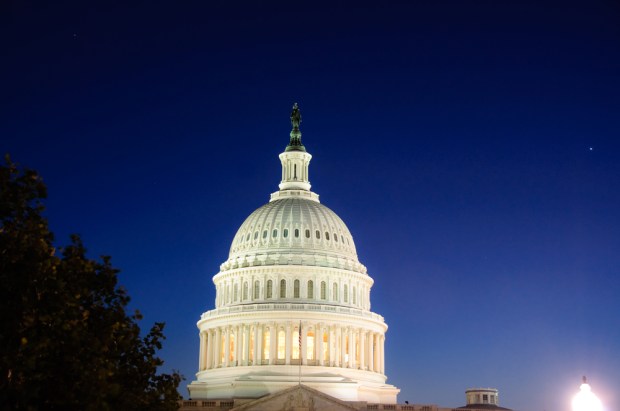Gridlock In Washington Threatens SME Optimism

The regulatory landscape is difficult for many small business owners to navigate in the U.S. these days. From tax reform to healthcare legislation, SMEs must have their fingers on the pulse of an array of government efforts that can impact the opportunity for their companies to grow.
The latest data from Biz2Credit and the National Federation of Independent Business (NFIB), which each released new reports this week, explore different sides of how government regulations are impacting the nation’s small business climate.
There’s good news from Biz2Credit in its latest Small Business Lending Index, released Tuesday (July 11): Small business loan approval rates at large banks rebounded a bit, now hitting 24.3 percent in June, and matching an all-time high for the Index.
Smaller banks, though, have slightly reduced the number of stamps-of-approval on small business loan applications, dropping to 48.7 percent in June, the second month in a row the Index has tracked a decline. Further, for an entire year now, alternative lenders have declined their SME loan approval rates.
According to Biz2Credit CEO Rohit Arora, regulatory shifts are making it a bit more attractive for large FIs to open up the financing channels to smaller businesses.
“For the third consecutive quarter, the Federal Reserve has voted to increase its benchmark interest rate to a range between 1 percent and 1.25 percent in a vote of confidence in the economy. This bodes well for big banks,” the executive explained. “Small business lending is strong among mainstream lending institutions. The interest rate increases are resulting in more profitable deals for big banks. This is incentivizing these mainstream lending institutions to approve a higher percentage of loan requests.”
But while increased interest rates may make it easier for small businesses to get a bank loan, overall, SMEs are feeling the pressure from the federal government.
A separate report by the NFIB, also released Tuesday, found that small business confidence took a turn for the worse in June, thanks to “frustration over gridlock in Washington.”
The NFIB identified White House promises of deregulation, tax breaks and infrastructure spending as key areas in which SMEs wish there were more progress. Gridlock over healthcare reform and tax reform, especially, are causing concern.
“As Washington fails to deliver on those two priorities, small business optimism is dropping,” explained NFIB President Juanita Duggan. “Gridlock is driving down small business optimism, which will eventually drive down the economy.”
According to the NFIB’s Index of Small Business Optimism, small business confidence dipped in June compared to May levels, but still remains near its highest levels in more than a decade.
Fewer SMEs said they are expecting improved business conditions, while 3 percent fewer small businesses in June said they plan to increase staff levels, compared to May, hitting just 15 percent of respondents. The NFIB noted earlier analysis it released this month, which similarly found a decline in SME plans for hiring.
“Hiring activity remains strong by historical standards, but the drop in June was unmistakable,” said NFIB Chief Economist Bill Dunkelberg in another statement. “Whether this is the start of a negative trend or a one-month blip is something we’ll have to keep our eye on.”
While Biz2Credit suggests that an increase in the federal interest rate may be a good thing for SMEs because big banks are more likely to lend, researchers at Pepperdine University Graziadio School of Business and Management, along with Dun & Bradstreet, released analysis earlier this year that suggested interest rate hikes may have an adverse effect on SME optimism.
Further, the concerns over hiring brought up by the NFIB may also signal trouble ahead.
Craig R. Everett, PhD, director, Pepperdine Private Capital Markets Project at the Pepperdine University Graziadio School of Business and Management, commented in April about this trend of small business optimism amid the current regulatory climate.
“If they’re able to maintain this trajectory, keep hiring, access financing and increase profitability, then they’ll continue to be a driving force in their local economies and the American economy as a whole,” he explained. “If any one of these factors is disrupted, especially hiring, it could create a domino effect that results in another period of economic stagnation.”
